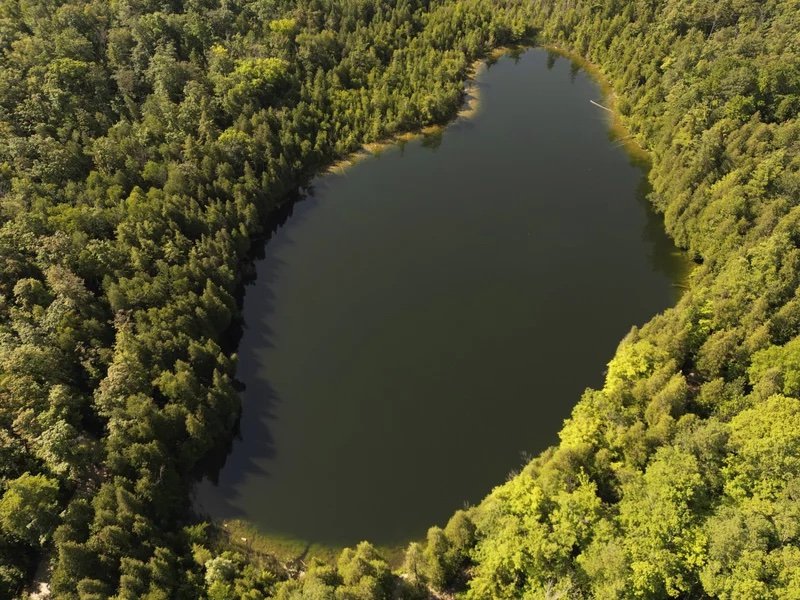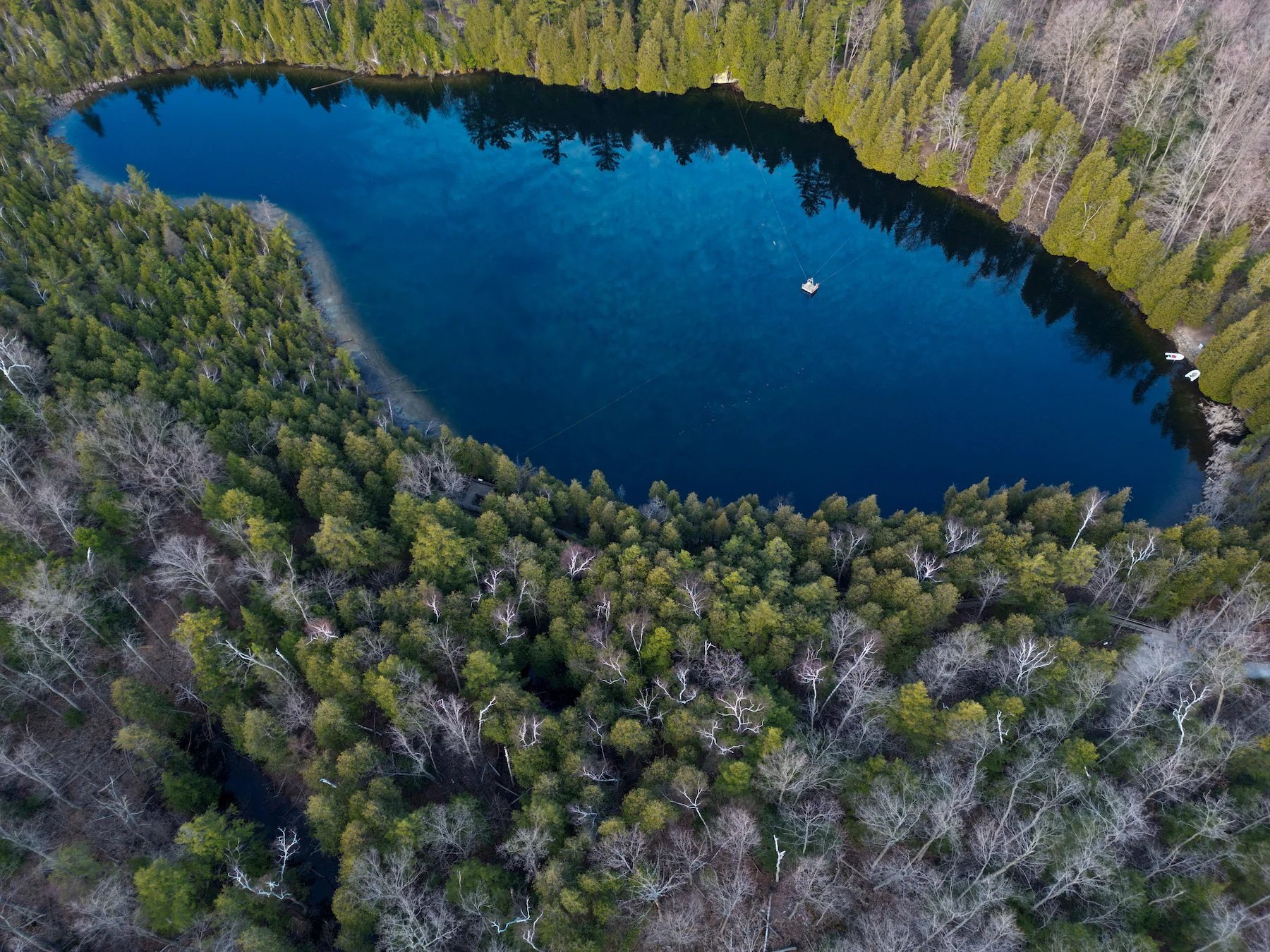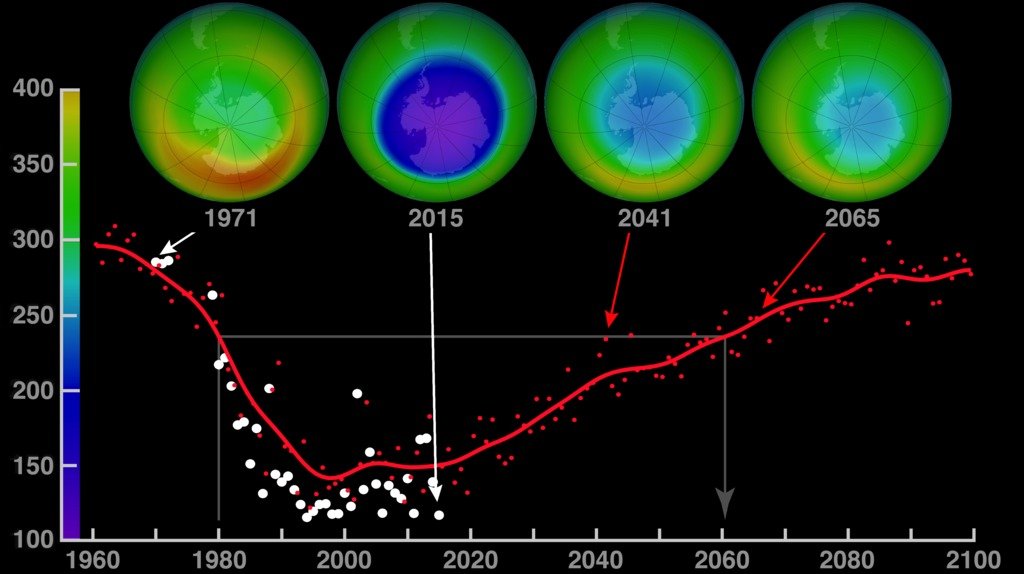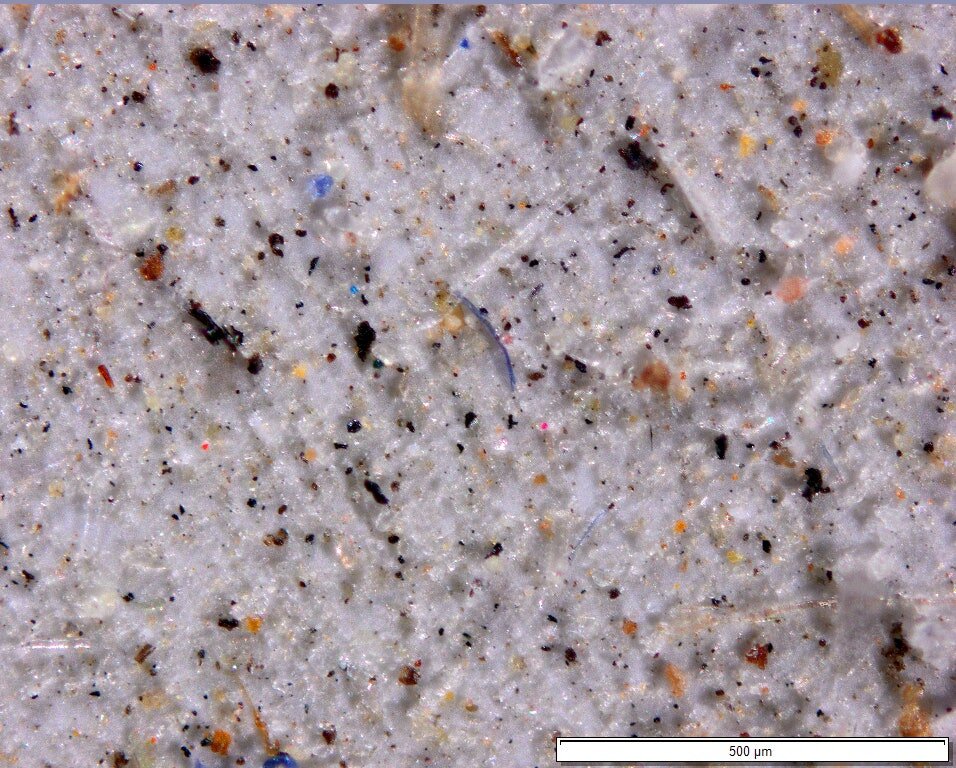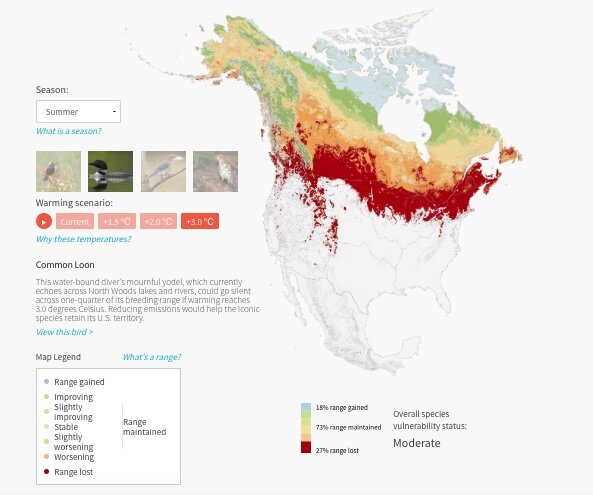PHYS,ORG
“According to a new study published Feb. 26 in the journal Limnology and Oceanography Letters, part of the problem is that walleye are creatures of habit, and the seasons—especially winter—are changing so fast that this iconic species of freshwater fish can’t keep up.
The timing of walleye spawning—when the fish mate and lay their eggs—has historically been tied to the thawing of frozen lakes each spring, says the study’s lead author, Martha Barta, a research technician at the University of Wisconsin–Madison. Now, due to our changing climate, walleye have been “unable to keep up with increasingly early and more variable ice-off dates,” Barta says.”


